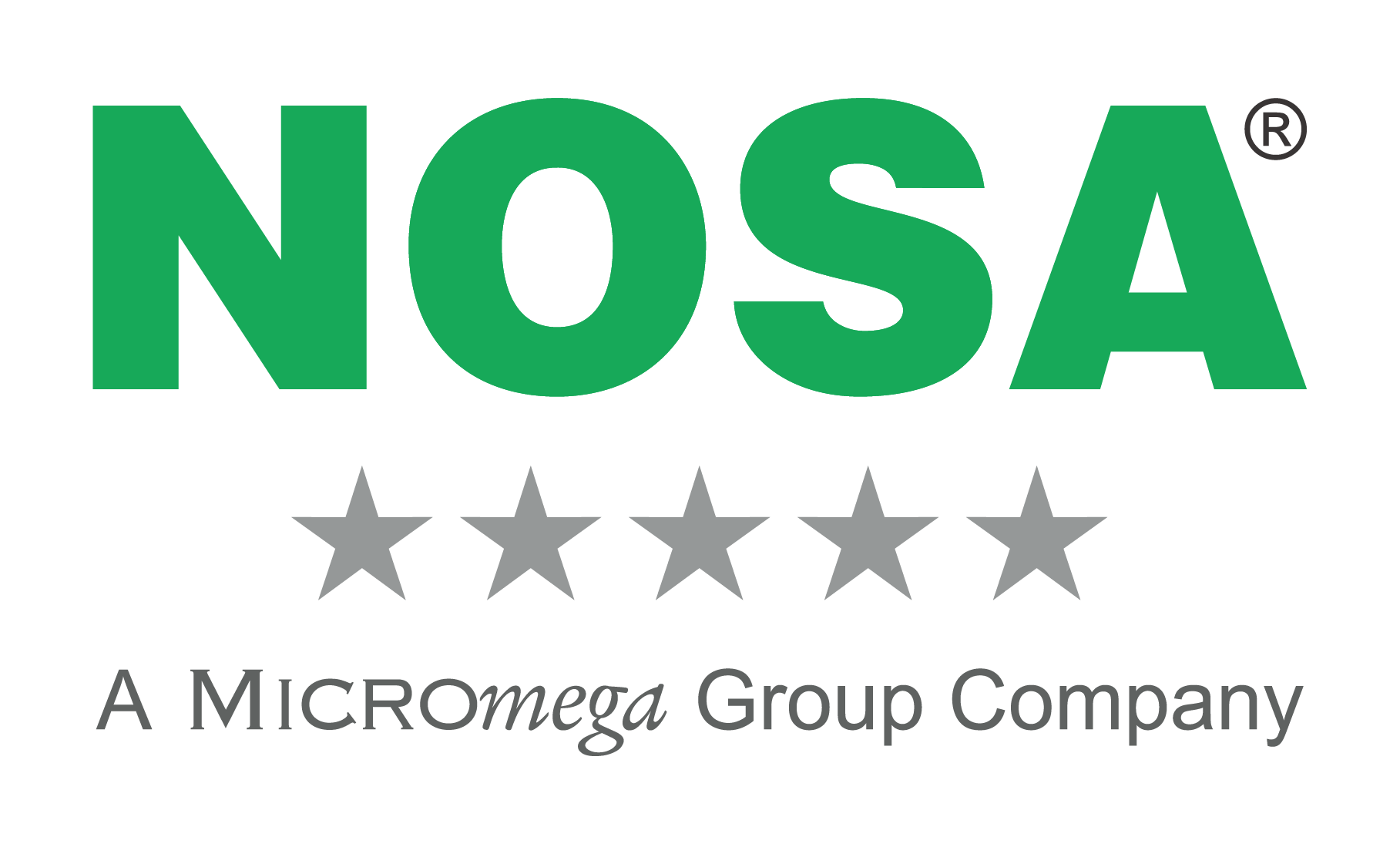On October 14 2015, South Africa was left reeling when the bridge under construction over the M1 at Grayston collapsed, killing two people and injuring 19 others. Since then, several attempts have been made by the Department of Labour (DoL) to conduct an inquiry into the incident, and the causes behind it. Here we take a look at the state of the inquiry as of now, as well as what we can learn from a health and safety point of view.
The bridge on 14 October 2015. Photo Credit: eNCA / Kate Nokwe
What do authorities generally believe happened?
Murray & Roberts, the construction firm responsible for building the bridge, has claimed that it is the temporary scaffolding acting as a support that collapsed and not the permanent structure itself. However, Evan Rudolph, a representative of Form-Scaff (the scaffolding company), says the company simply supplied the scaffolding and ‘has no knowledge of the construction methodology that Murray & Roberts used in erecting the temporary works.’ He goes on to say that its surveyors issued warning signs in the days leading up to the collapse; it appeared that the girder batteries were misaligned, and that the site was not ready to receive all the pre-assemblies as agreed.
What is more, reports submitted to the inquiry have raised concerns about possible missing bolts in the scaffolding, and other safety concerns. But the Johannesburg Development Agency’s representative, Willem le Roux says there are factual errors in the reports, and the witnesses need to clarify claims of missing bolts: ‘Were they missing? How many were missing? What happened in the meeting where these things were discussed? These are factual issues and it is important that we get the factual issues first.’
Where does the inquiry stand?
The second leg of the inquiry has experienced three delays (it was first scheduled from April 19–21, then May 4–6, and finally resumed on July 7). The postponements are the result of expert results from all affected parties not being circulated with enough time given for perusal and preparation.
When the inquiry did resume this week, Commissioner Lennie Samuel‚ a departmental forensic investigator and co-commissioner in the Tongaat Mall structural collapse inquiry‚ began hearing testimony from Murray & Roberts. Witness Professor Roelf Mostert‚ head of the University of Pretoria’s Materials Science and Metallurgical Engineering Department‚ said security video footage of the collapse showed the girders‚ which held the structure together‚ separate. ‘The structure didn’t show any noticeable movement until the time of collapse (on that day).’ Mostert‚ who was on the scene on the day of the incident‚ talked the inquiry through the photographs he had taken of the wreckage.
Murray & Roberts’ advocate‚ Sias Reyneke SC‚ said the firm had carefully preserved the remnants of the support structure‚ used together with computer modelling‚ to investigate the cause of the collapse. Previously‚ Murray & Roberts had told the inquiry it was responsible for erecting the support structure‚ including scaffolding and super beams.
In the meantime, the DoL will not lift the prohibition notice placed on Murray & Roberts, restricting building at the scene of the fatal collapse, until the cause is found. Lennie Samuel says the department’s immediate priority is to find out exactly what happened: ‘We have met with Murray & Roberts to discuss the issue. The department is not in a hurry to revoke that prohibition notice. We want to first identify what caused the collapse.’
What has the Grayston Bridge Collapse shown us?
As health and safety professionals, there are five questions we know should have been asked before they proceeded with the work:
Question #1: Did they identify all hazards and risks?
Remember: A hazard is ‘something with the potential to cause harm’ and a risk is ‘the likelihood of that potential harm being realised’. You can identify hazards using a number of different techniques, such as walking round the workplace, or asking employees.
Question #2: Did they decide who might be harmed and how?
Once hazards and risks were identified, they should have recognised who might have been harmed and how, such as members of the public. As members of the public were killed and injured, is it possible this did not happen?
Question #3: Were risks evaluated and control measures decided on?
After ‘identifying the hazards’ and ‘deciding who might be harmed and how’ the builders should then have taken steps to protect the people from harm. The hazards are either removed completely or the risks controlled so that the injury is unlikely. Again – injuries and (worse) death occurred, so were control measures decided on?
Question #4: Were findings recorded?
The findings should have been written down – it’s a legal requirement. This would have shown how the companies planned to eliminate the risks and hazards. Although the surveyors ‘issued warnings’, were these formally noted and acted upon?
Question #5: Did they review their assessment and update it where necessary?
What may have possibly happened (and please note this is pure conjecture) is the conditions of the work environment changed, and the risk assessment wasn’t reviewed or updated as required, leading to the October 14 collapse.
For more great insights from NOSA, subscribe to our blog to receive updates straight to your inbox.
Sources:






